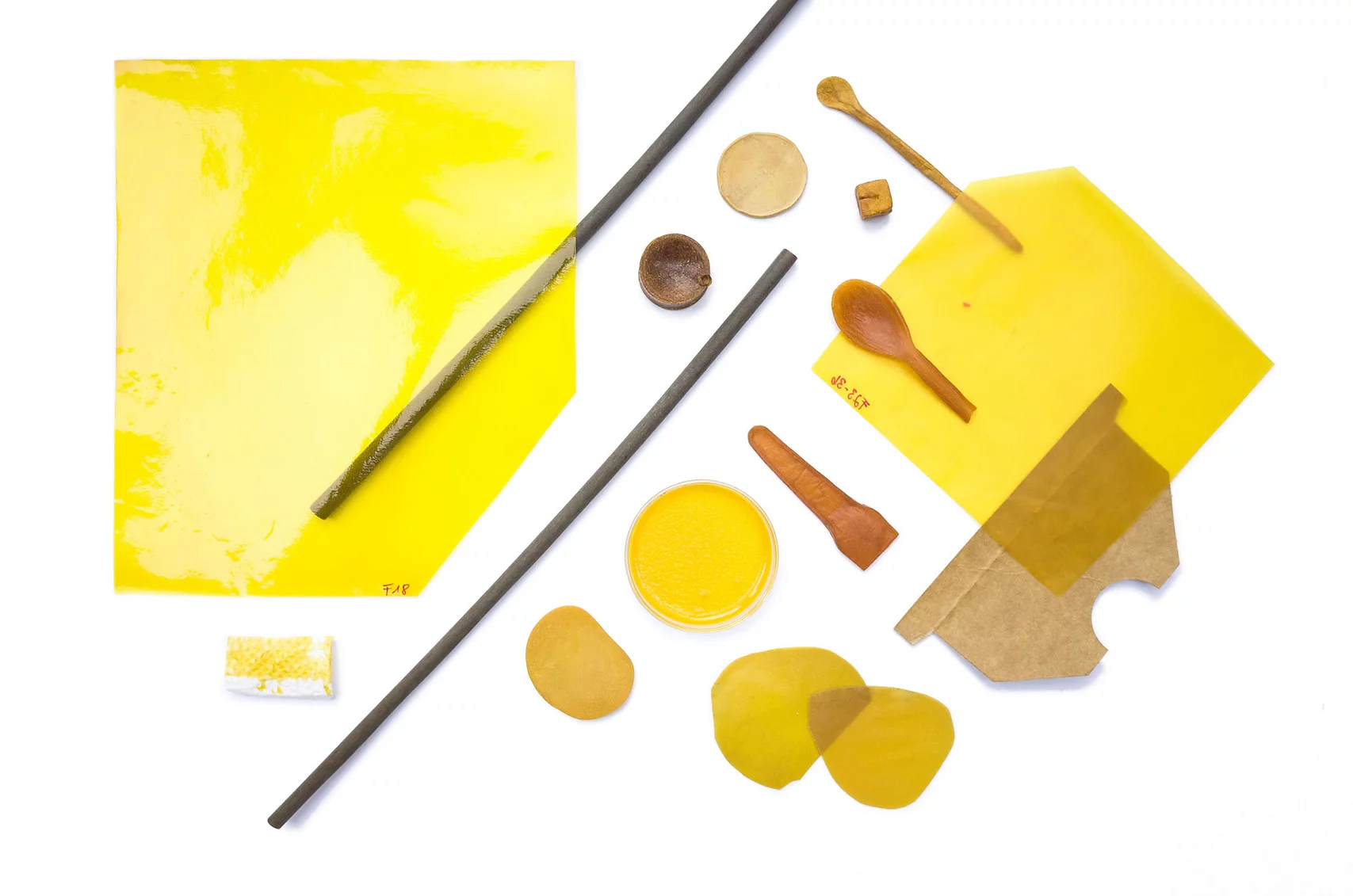Problem biodegraded.
Will our current problems with the disposal of bio-based plastics soon be a thing of the past? Consumers and disposal companies have learned quickly, but the majority of bioplastics are still sent for thermal recycling. Widespread use is faltering – where is the journey going?

Image source: traceless
The Nova Institute and European Bioplastics present data that puts the current share of bioplastics at less than one percent of total plastics production (390 million tons per year). The interest group expects capacities to increase to 6.3 million tons by 2027. 51% of these are biodegradable plastics such as PLA and PHA. The proportion of non-degradable bio-based plastics is set to fall to around 44% by 2027 – although their production capacity is also set to increase.
The biggest challenge for bioplastics is and remains supply. There is no standardized regulation for disposal and labels such as “compostable” mislead the consumer, as most bioplastics are not compostable under the current conditions in composting plants and leave residues in the compost. A survey of waste management companies conducted by DUH shows that 95 percent of composting plants in Germany are unable to compost bioplastic products in accordance with standards and 80 percent classify them as contaminants.
This situation led to an amendment to the Biowaste Ordinance (BioAbfV) in 2023.
Now biowaste may only contain a maximum of 0.5 percent plastics before it is sent for composting or fermentation. In future, this value will also apply to packaging and coffee capsules that are advertised as biodegradable plastic products.
So what can the bioplastics industry do?
Focus on home composting, for example with traceless. Because if organized home composting actually becomes the standard practice, citizens in Germany will take sovereignty over their organic waste disposal. And thus create true cycles. However, we also need the appropriate will and equipment on the part of consumers, both of which are currently lacking.
The alternative is to push disposal companies and politicians to establish functioning recycling streams for PLA & Co.
Our conclusion: Many biopolymer manufacturers have a sensible, resource-conserving approach and often fail “only” due to a lack of infrastructure. Others make little ecological sense. We want to promote those who think holistically and are happy to rummage through the wide selection. 🙂
In our Material Lab you will find our selection of materials made from biopolymers. Take a look!
Best practice: traceless